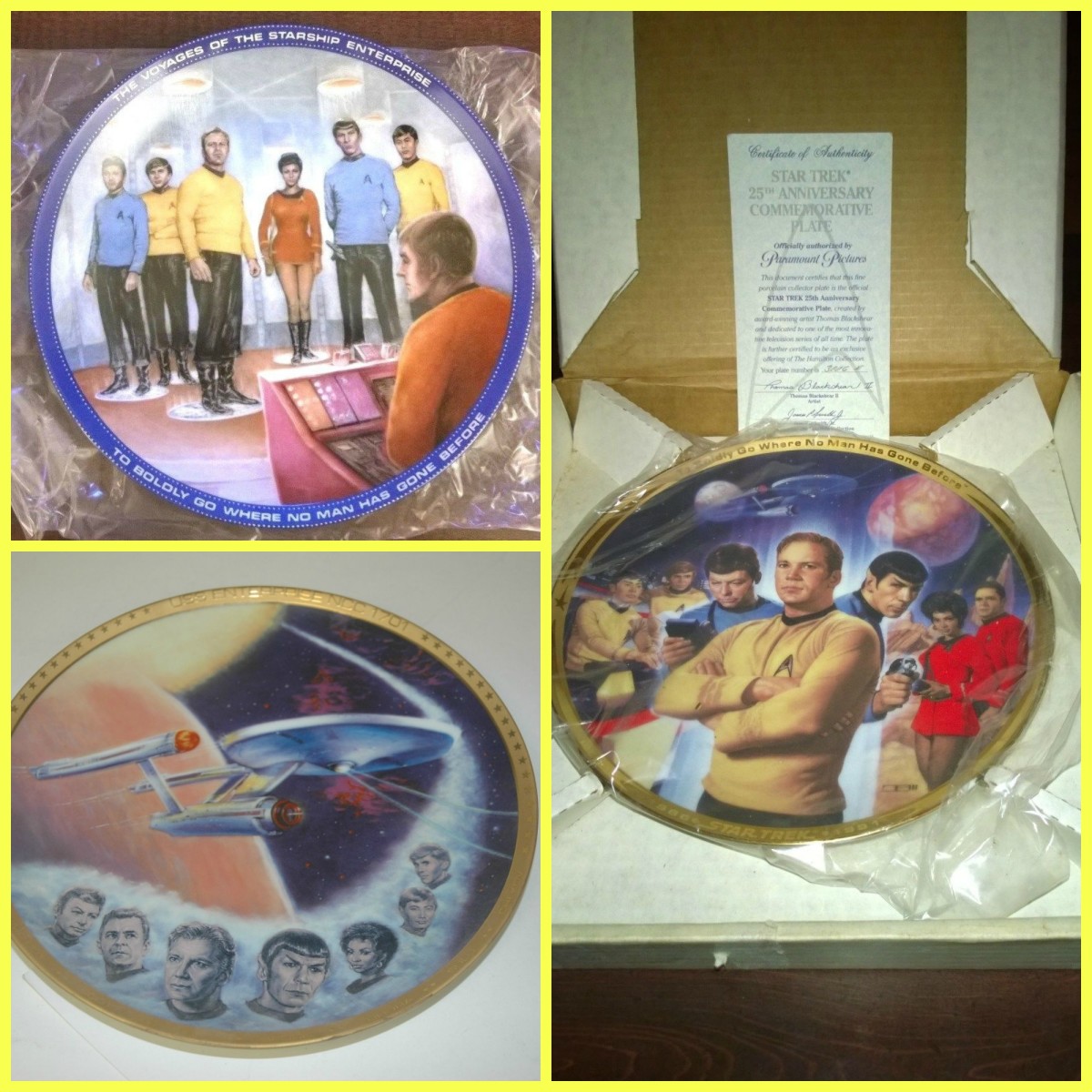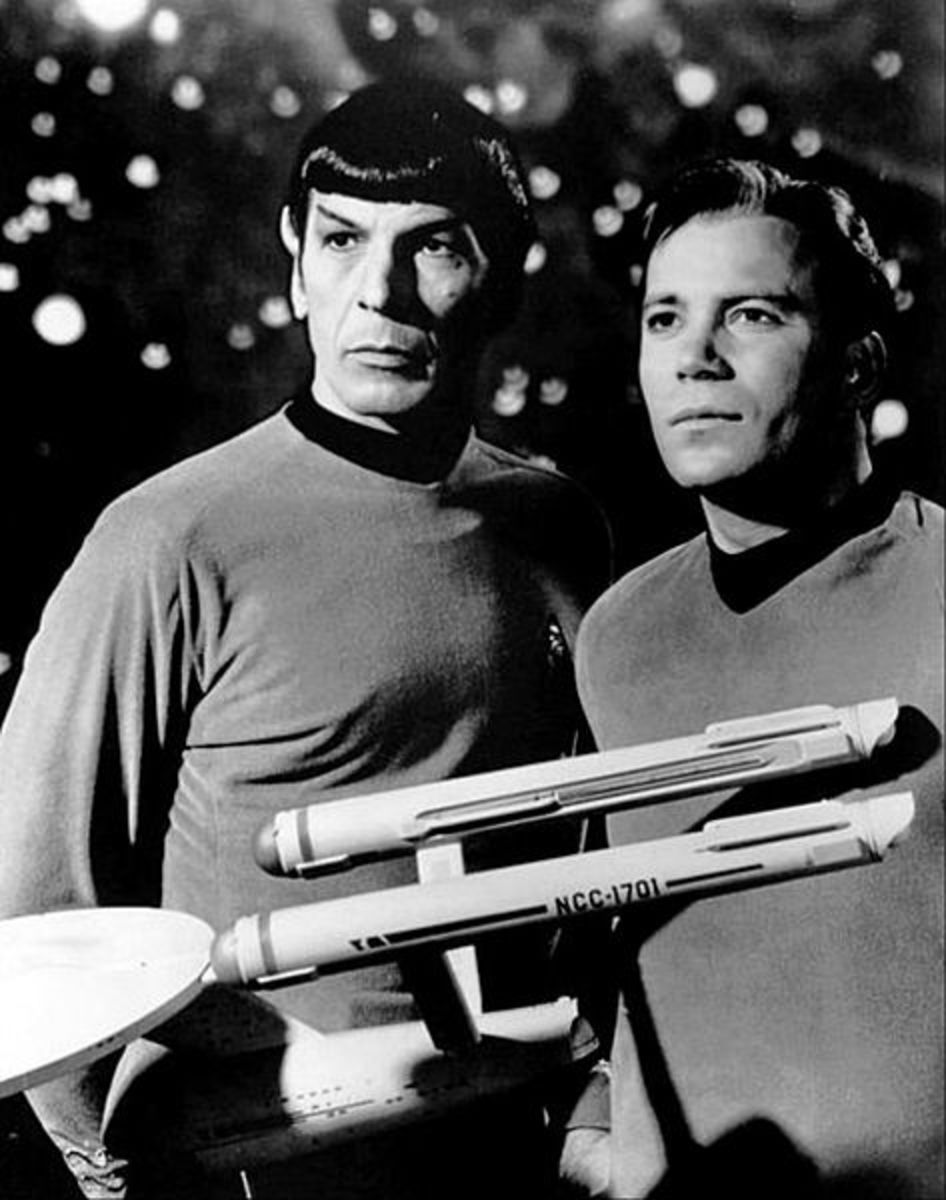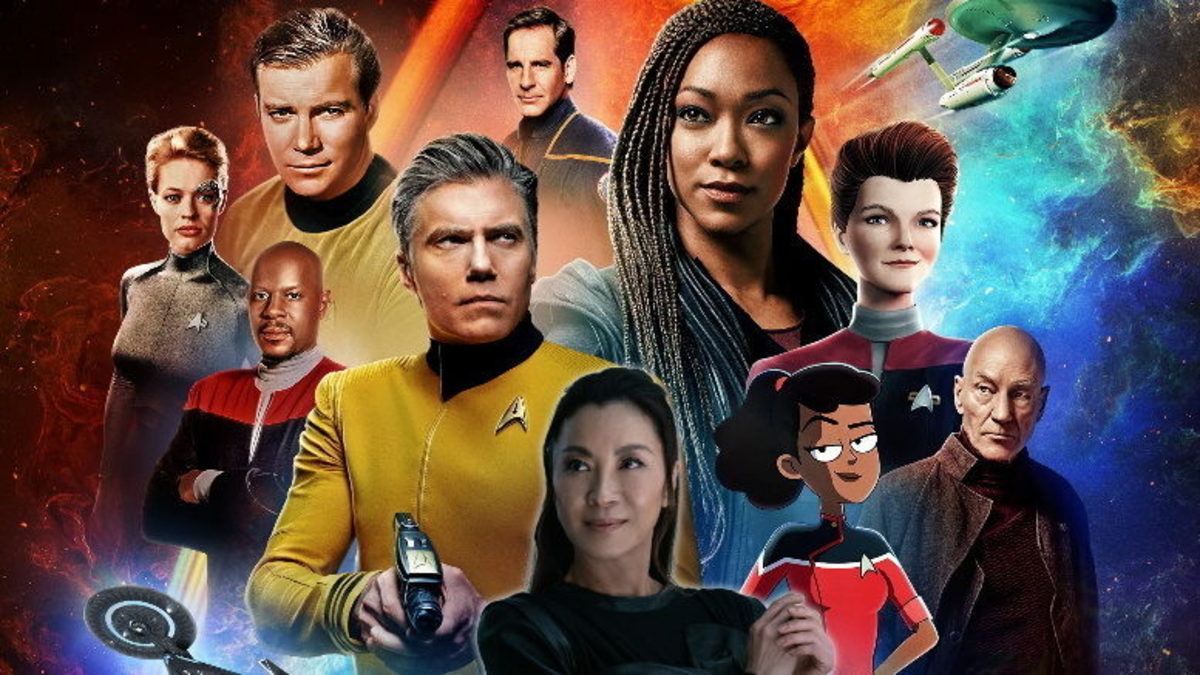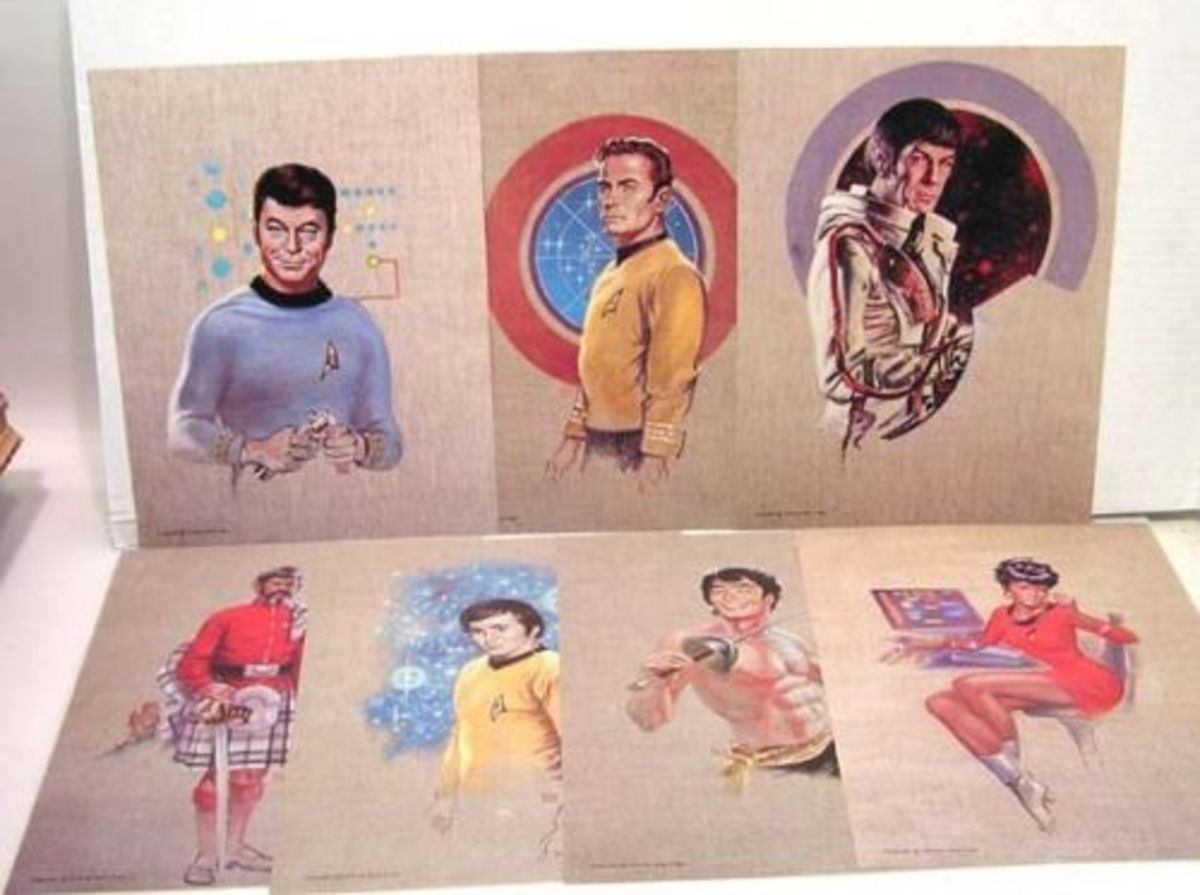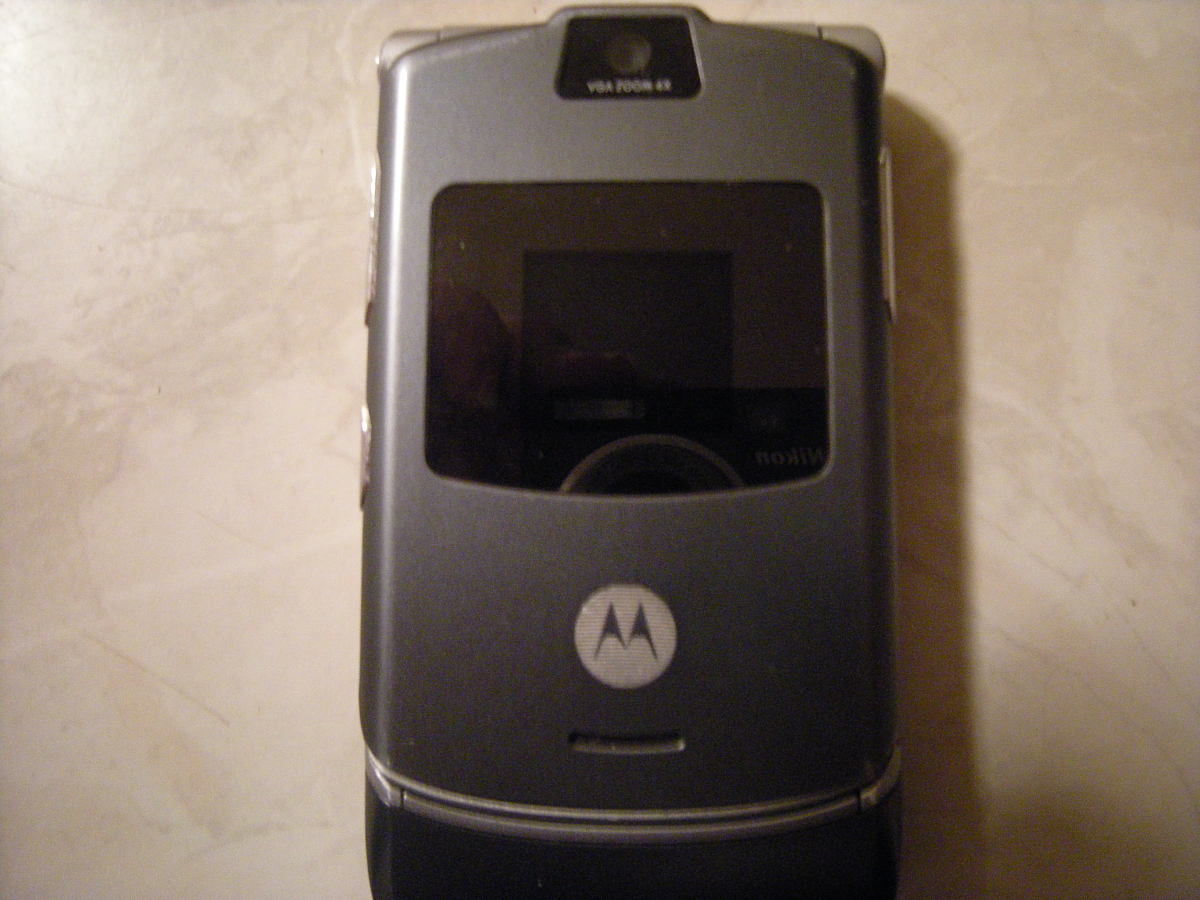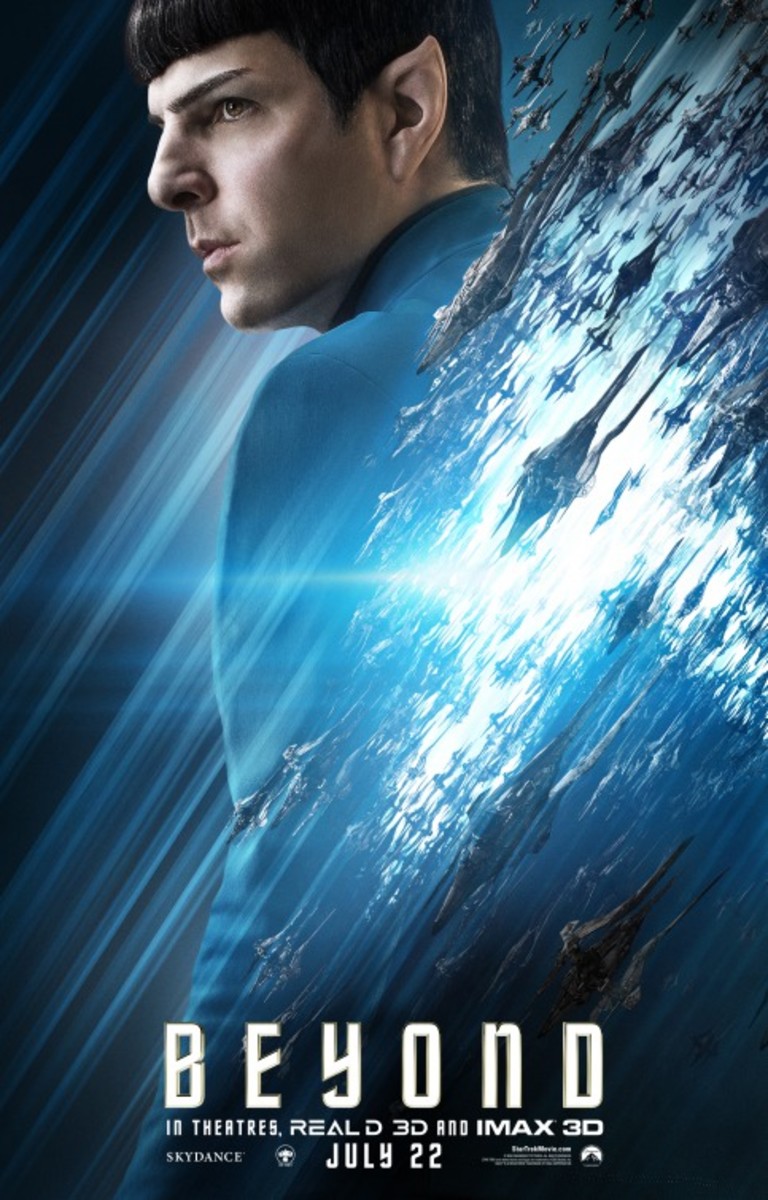- HubPages»
- Entertainment and Media»
- Movies & Movie Reviews»
- Science Fiction & Fantasy Films»
- Science Fiction
Star Trek Into Darkness - In the Eyes of a Trekkie
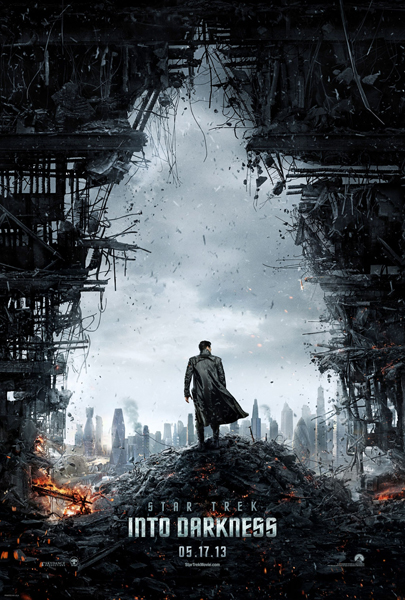
Over the weekend, I had a chance to watch the most recent Star Trek film, Star Trek Into Darkness, and I can understand the mixed feelings some people have in regards to this movie. There are those who found the movie very fun and enjoyable, considering it as good if not better than the first one, while others, namely the more die-hard Star Trek fan base, found that the movie was a major step backwards in comparison to the prequel, and that it actually alienated that fan base in order to appeal to a broader audience.
As an ardent fan of the franchise, I'd like to give my opinion of the new movie, where I think it succeeded and fell, and whether or not I feel that it alienated me as it seemed to do so many others.
What Worked in the Film?
The Visuals - Needless to say, the visuals are absolutely amazing. There wasn't a single moment in the film that I found drab or visually unappealing, even during scenes that weren't meant to have much any action to them whatsoever.
While I couldn't pinpoint exact aspects of the design that I could see as having improved, I feel that the Enterprise design has received a bit of a face lift since the previous film. The detailing on the ship seemed to come out smoother and clearer, and everything about it felt sharper than before. It still felt like the glistening alternate universe Enterprise that we first saw warping out at the end of the first movie, but at the same time conveyed some degree of wear and tear, that it's been a ship that's seen some action since last we saw it.
In sharp contrast to this was the brand new ship, the U.S.S. Vengeance. Even before any details about it are mentioned, the design tells us one thing; it is a ship built for combat. It retains the same basic configuration as the Enterprise, with a saucer section, engineering section, and two nacelles, and a forward-mounted deflector array, but that's where the similarities end. The Vengeance is far larger than the Enterprise, and does away with the smooth, streamlined look of other ships in the fleet for a very battle-oriented, almost tank-like feel. Until the Vengeance, there's never been a Federation starship that I could consider "menacing", but the design alone solidifies that aspect.
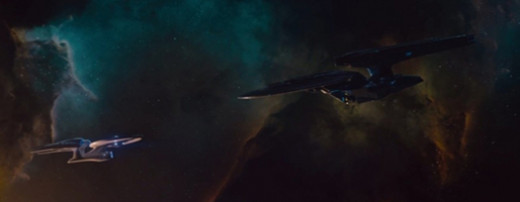
The landscapes were also very appealing to the eyes, giving a clear indicator of the feel for each planet without any additional information being needed. The planet Nibiru at the beginning of the film is very wild and untamed, fitting with the fact that the population of the planet is extremely primitive. Likewise, our first taste of Qo'noS, the Klingon homeworld, depicts a rather ravaged and battle-scarred region of the planet, which as any Trekkie would know easily fits how one would expect Qo'noS, especially at this point in time, to be. Lastly, Earth, namely San Francisco, is just teeming with activity, with humans and aliens, and even without knowing that this is the foundation of the Federation, one can easily surmise that it is a central hub of activity.
I can easily say, at least on a visual front, this movie is easily one of the strongest films to date.
The Acting...Well...Some of it - When it comes to the acting, the performances are a bit hit and miss. Some were exceptionally good performances, while others were a bit...lacking.
Benedict Cumberbatch's approach to Khan Noonien Singh, while retaining elements of Ricardo Montalban's bravado and grandiose nature, was still a very refreshing take on the role. During the scenes where he is being held in the brig, you could easily get a sense that he, despite being imprisoned, had everything planned out and was in control of the situation. In every scene he was in, there was a sense of aloofness to his character, fitting the superhuman that he was.
Some of his deliveries were over the top, but when you compare it to some of Montalban's deliveries, especially in "Star Trek II: The Wrath of Khan", it still ends up being a far more subtle performance, and a respectable adaptation of one of the most important villains in the Star Trek franchise.

I feel though that the best performance was that of Admiral Marcus, played by Peter Weller. Though at the start, he just comes off as being a stern but honest admiral of Starfleet, we soon learn that this is simply a facade, and that Marcus is far more involved with the events of the film than we were first led to believe. Marcus is an almost fanatical patriot, willing to go to whatever means necessary and step on whoever he needs to in order to defend and protect the Federation from any threats that may come this way. Awakening Khan, the building of the Vengeance, and the attempted destruction of the Enterprise, are all just samples of what he likely did in order to prepare Earth and Starfleet for an impending war with the Klingons and any unforeseen enemies that may follow.
Weller's performance was astounding. When we're first introduced to him, even with trying to hide that his motives are a bit more sinister than he's leading on, enough of this leaks out that I was quick to feel distrust in him. However, it's his later appearance on the Vengeance though is where he really shines. With the truth revealed about Khan's nature, Marcus dispenses with any degree of pleasantry and shows that he'll let no one stop him from his goals, even if it means killing Kirk and destroying the Enterprise, just to keep his involvement with Khan a secret.
When being held at phaser-point by Kirk, Marcus gives just a short speech to him regarding his motives:
"War is coming, and who's gonna lead us? You?! If I'm not in charge, our entire way of life is decimated! So, you want me off this ship? You better kill me."
The power behind the speech is undeniable, and I have a hard time picturing anyone able to deliver that line with such stern and unwavering resolve as Peter Weller.
And Now for the Khans...err..Cons
The Rest of the Performances - Although Benedict Cumberbatch and Peter Weller's performances were among the best in the film, I actually found most all the others to be very lacking in comparison to the first film. This is partially due to the focus away from the majority of the Enterprise crew outside of Kirk and Spock, but mainly because things felt a bit bland and forced.
In the first Star Trek movie, the chemistry between Chris Pine as Kirk and Zachary Quinto as Spock seemed fitting. The two were at odds with each other for a good portion of the film, but they warmed up as time went on, and the chemistry between them reflected that. In here though, that chemistry seemed lost. Though there was some warmth between the two during Kirk's apparent death, things felt a good deal more forced rather than natural. The dialogue between them was so artificial, and betrayed the friendship that they claimed to have.
Even when the two weren't interacting together, their performances felt far less energetic. Perhaps it was attempting to fit into the position of captain a bit more, but Kirk seemed far more subdued than he did in the first film, with the youthful exuberance thrown aside far sooner than I think it naturally would have in that situation.
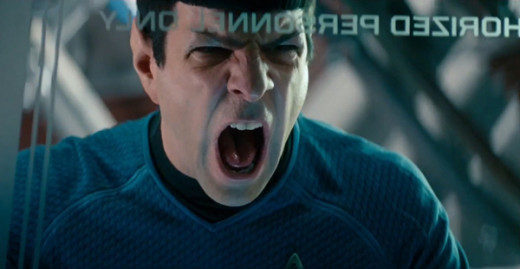
Spock, even for a Vulcan, felt very bland for most of the film. We see that, from the beginning of the film, he is finding himself trying to detach from his crew mates, namely Uhura, but this leaves little character left. In the first movie, we saw that he was feeling conflicted with his emotions, but, at the behest of his father, he seemed to embrace the human half of himself more, and was willing to at least open himself up to others more.
I feel though that his "display" of grief and anger over Kirk's death, and the subsequent battle with Khan, was extremely out of character, even taking into account the first movie, and the delivery of one of the lines in particular was terrible to the point that I actually groaned a bit.
As for nearly everyone else, though their actual performances weren't that bad, just given how little time they actually appeared on screen I felt most of them were forgettable. Dr. Carol Marcus, for example, seemed to be there specifically for the torpedo disarming scene, and otherwise might has well have not been there at all. I didn't find her role to be pivotal enough to add her as a character other than just fan service for multiple reasons. Likewise, Dr. McCoy, Sulu, and Chekov had so little unique impact in the film that they could have probably been filled with any random individual and still covered the required parts.
Scotty was probably one of the few members of the cast that had anything redeeming going for him, but this was hampered by the fact that he was given very little time on screen.
Fan Service (not that kind) and Homages - I'm usually a big fan of scenes being added or references being made purely for the sake of just being a bit of fan service to those who have faithfully followed the franchise up to this point. Despite it being one of the weaker entries, the brief reference made in the first movie to Star Trek: Enterprise (regarding Admiral Archer's prized beagle) I found very subtle and very clever. When done right in this situation, it really helps to connect this reboot with the primary Star Trek universe without feeling forced.
Unfortunately, that wasn't the case with Star Trek Into Darkness too much, as the fan service and homages seemed to be there more as filler rather than to make those connections.
In the first movie, the inclusion of Leonard Nimoy as the primary universe Spock, often referred to as Spock Prime, was a key element of the film's plot, and his inclusion in the film, while predominantly fan service, served to bridge the gap between this reboot and the main continuity. His appearance in this film didn't serve near the same effect. Zachary Quinto's Spock contacts him to ask if he had ever encountered Khan, and the information given back to him was both brief and unnecessary, as it just rehashed what had already been revealed in the plot so far. I enjoyed seeing Leonard Nimoy once more in the role that made him famous, but I didn't enjoy that he was in the film just to be in the film. If the scene between the two of them had been removed, nothing of value to the plot would have been lost, and though I liked the reference to both "Space Seed" and "Wrath of Khan", it doesn't change that it was an unnecessary scene.
Homages, for me, work the best when they don't follow the source material so closely that it seems to try to copy the material rather than just pay respect to it, and unfortunately, most of the homages fell into the "direct copy" situation. In particular is a number of the events towards the end of the film in relation to "Wrath of Khan".
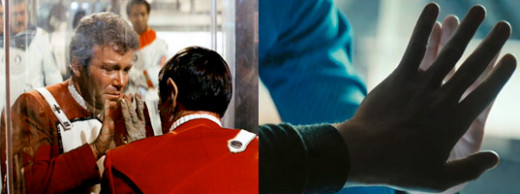
Towards the end of film, the Enterprise, having been crippled by the Vengeance, begins to fall into Earth's atmosphere, and with the warp core misaligned due to the previous battle, the ship has no power to prevent the impending crash. Kirk, seeing no other way, runs to Engineering, incapacitates Scotty, and enters a highly radioactive room in order to bring the engines back online. After succeeding, he crawls to the door sealing the chamber away from the rest of the ship, where he asks if the ship is out of danger, and then relates to Spock that they are friends. They then hold their hands against the glass, with Spock holding his hand in the Vulcan Salute, before Kirk falls unconscious and dies. However, Kirk's death is brief, as he is brought back to life soon after with Khan's indirect assistance.
This scene almost duplicates the end of Star Trek II, just with Kirk being the one to sacrifice himself rather than Spock. The Enterprise facing a crisis it can't survive without the crippled warp core as a result of battling with another Federation starship, them incapacitating one of the main cast before going into the radioactive compartment, bringing the engines back online to save the ship, and so on. The dialogue between Kirk and Spock in the two situations range from being similar to almost word for word copies.
Though I found the scenes in "Into Darkness" to be well done for the most part, I just felt that it was a cheap way to try and end the film. Rather than taking time and coming up with an original approach to save the Enterprise and wrap up the story in order to force a confrontation between Spock and Khan, we have an almost completely recycled scene just to pay tribute to "Wrath of Khan".
Final Thoughts
Though I may have sounded like I was pointing out a lot of flaws, I still found the movie to be enjoyable, but I can definitely see how Trekkies might have felt a bit betrayed by it. There were a lot of recycled and rehashed ideas, but what was original was done very well. Cumberbatch's approach to Khan was refreshing, Admiral Marcus showing just how far someone will go for their goals, the amazing effects, and the story itself was, as a whole, very well done.
If the flaws had been ironed out, if the issues I had were corrected, I would dare say that this could have easily been the best Star Trek film. As it stands, it's still a very solid entry and well worth seeing, whether you're a fan of the franchise or not.


